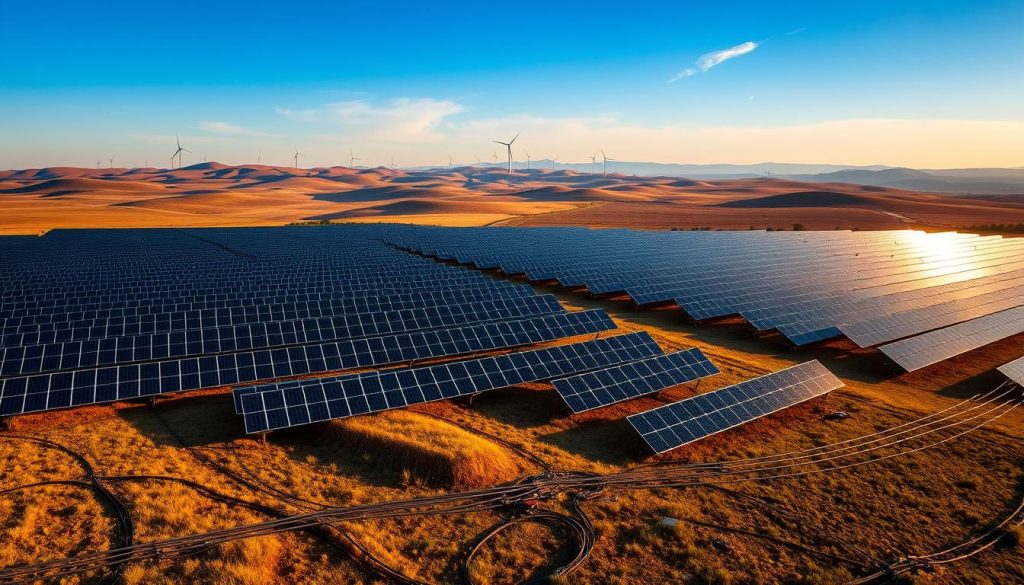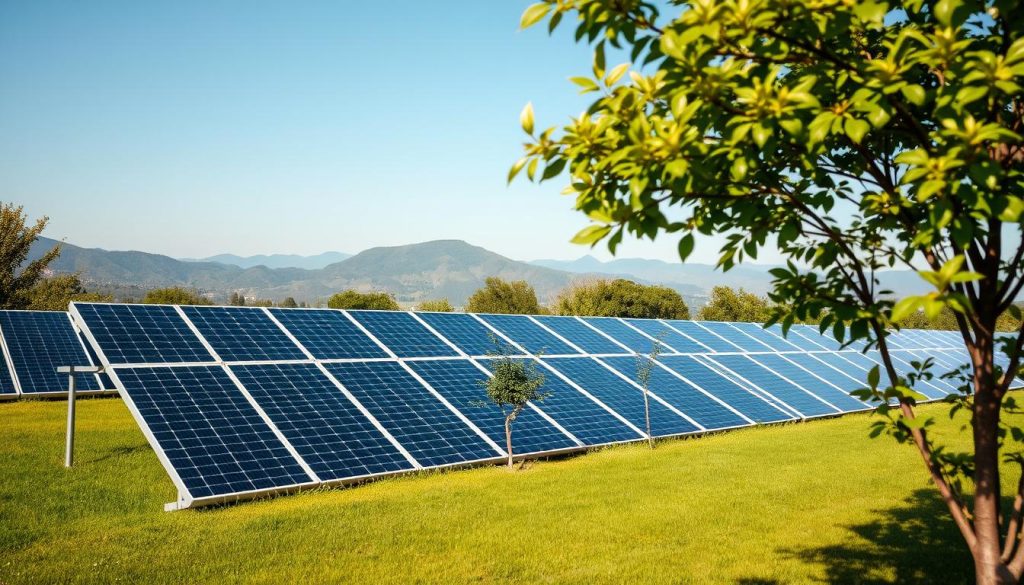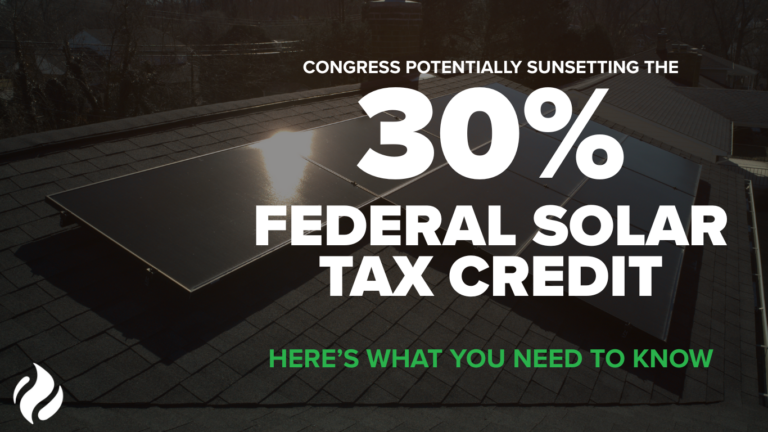Discovering Pennsylvania’s Solar System
Have you ever dreamed of reducing your carbon footprint while saving on energy bills?
For more information – Click Here
Pennsylvania is embracing the power of clean energy like never before. With solar panels becoming more affordable and efficient, homeowners across the state are discovering the benefits of generating their own electricity. This guide will walk you through everything you need to know about going solar, from understanding the basics to optimizing your home’s energy setup.

Investing in solar energy isn’t just about reducing your carbon footprint. It’s also a smart financial move. With federal and state incentives like the tax credit, the cost of installation has never been more manageable. Over time, your savings on energy bills can make the system pay for itself.
Whether you’re looking to cut costs, increase your home’s value, or contribute to a greener future, this guide will help you make informed decisions. Let’s explore how you can harness the power of the sun and take control of your energy needs.
Understanding Solar Energy in Pennsylvania
The Keystone State is increasingly turning to solar panels to meet its energy needs. With an average of 179 sunny days each year, Pennsylvania offers ample opportunity to harness the sun’s power. Even with fewer sunny days compared to other states, modern solar technology ensures efficiency and reliability.

Pennsylvania’s solar capacity has grown significantly, reaching about 786.7 MW in recent years. In 2020 alone, the state added 265 MW of new installations. This growth reflects the increasing demand for clean and sustainable energy solutions.
Understanding local conditions is key to planning your solar installation. Factors like weather patterns, roof orientation, and shading can impact your system’s performance. By tailoring your setup to these conditions, you can maximize energy production and savings.
Switching to solar isn’t just good for the environment—it’s a smart financial move. Over time, the cost of your system can be offset by lower electricity bills and available incentives like the federal tax credit. This makes solar an attractive option for homeowners looking to reduce expenses and increase their home’s value.
Local policies and incentives also play a crucial role in making solar accessible. Programs like net metering allow you to sell excess energy back to the grid, further reducing your costs. By taking advantage of these opportunities, you can make your transition to solar even more affordable.
Solar Panel Installation Process
Getting started with solar panels at home is simpler than you might think. The process begins with an initial consultation and site assessment. A certified installer will evaluate your property to determine the best setup for maximum energy production.
Your roof’s condition and tilt play a crucial role in efficiency. Ideally, the angle should be between 15° and 40° to capture the most sunlight. If your roof isn’t suitable, ground-mounted panels are a great alternative.
Certified professionals guide you through equipment selection and system design. They ensure your setup is tailored to your electricity needs and budget. This careful planning helps avoid unexpected costs down the line.
Optimizing panel placement is key to maximizing production. Installers consider factors like shading and roof orientation to ensure your system performs at its best. This step ensures you get the most out of your investment.
Financing and permitting are essential parts of the process. Many companies assist with securing tax credits and navigating local regulations. This makes the transition to clean power seamless and affordable.
Once everything is in place, installation typically takes one to two days. Afterward, your installer will provide after-care instructions to keep your system running smoothly. With proper maintenance, your panels can last for over 25 years.
Navigating Pennsylvania Solar Incentives
Taking advantage of state and federal programs can significantly reduce your solar project costs. Pennsylvania offers a range of incentives to make going solar more affordable and rewarding. These programs not only lower your upfront expenses but also provide long-term financial benefits.
One of the most impactful incentives is the federal Clean Energy Tax Credit. This program allows you to claim 30% of your installation costs as a credit on your federal taxes. Available through 2032, this credit can save you thousands of dollars. To qualify, you’ll need to submit IRS Form 5695 with your tax return.
Pennsylvania also offers Solar Alternative Energy Credits (SAECs). These credits compensate you for the clean energy your panels generate. For example, an 8 kW system can earn around $344 annually from SAECs. Over 25 years, this can add up to over $8,600 in additional income.
Another key benefit is net metering. This policy allows you to receive credits for excess energy your panels produce. These credits are applied to your utility bill at the full retail rate. Any remaining credits at the end of the year are paid out, further reducing your costs.
To maximize these incentives, consult a trusted installer. They can guide you through the application process and ensure you meet all eligibility requirements. By leveraging these programs, you can make your transition to renewable energy both affordable and financially rewarding.
Exploring Energy Storage and Net Metering Options
Maximizing your solar investment involves more than just panels. Energy storage and net metering are essential tools to enhance your setup’s efficiency and savings. By understanding these options, you can make the most of your renewable energy system.
Energy storage, often in the form of batteries, allows you to store excess electricity for later use. This is especially useful during cloudy days or nighttime when your panels aren’t producing power. With the right storage solution, you can reduce reliance on the grid and increase your energy independence.
Net metering is another powerful feature. It lets you send excess energy back to your utility in exchange for credits. These credits offset your future power bills, ensuring you get full value for your production. In Pennsylvania, utilities offer net metering at nondiscriminatory rates, making it a fair and accessible option for homeowners.
However, energy storage deployment in the state has been slower due to regulatory and market challenges. Selecting the right storage system is crucial. A trusted installer can help you choose a solution that fits your needs and maximizes your savings.
State policies support these technologies, but thoughtful planning is key. Combining storage with net metering can significantly improve your overall investment. Timing and stakeholder decisions also play a role in how quickly these technologies are adopted.
By leveraging these options, you can optimize your solar setup and enjoy greater financial and environmental benefits. Whether it’s storing energy for later or earning credits for excess production, these tools make your renewable energy journey even more rewarding.
Optimizing Your Home’s Solar System PA
Unlocking the full potential of your home’s energy setup starts with smart optimization. Properly aligning your panels and ensuring they capture maximum sunlight can significantly boost production. South-facing installations are ideal, as they receive the most sunlight throughout the day.
Regular performance checks are essential to maintain efficiency. Dirt and debris can reduce energy output, so cleaning your panels at least once or twice a year is recommended. Shading, even in small areas, can also impact overall performance, so ensure your setup is free from obstructions.
Monitoring technologies can help you track production and savings over time. Many inverters provide real-time data accessible via smartphones or computers. This allows you to identify any issues early and make necessary adjustments.
Consider upgrades like energy-efficient appliances to further reduce consumption. Replacing older models with ENERGY STAR-certified ones can enhance the benefits of your solar installation. Additionally, using electricity during peak production periods can maximize your savings.
Professional maintenance checks are crucial for long-term efficiency. A trusted installer can assess your setup and suggest improvements. By staying proactive, you can ensure your system operates at its best for years to come.
Financial Planning for Your Solar Investment
Planning your finances for a solar investment is a smart move for long-term savings. Understanding your payment options is the first step. You can pay upfront, finance through loans, or explore leasing agreements. Each option has its pros and cons, so choose what fits your budget.
One of the biggest advantages is the federal tax credit. It allows you to claim 30% of your installation costs. For example, a $20,000 setup could save you $6,000. State incentives, like SRECs, add to your savings by paying you for the energy your panels produce.
The payback period for most homeowners is around 7 years. After that, your savings on electricity bills can add up significantly. Over 25 years, you could save $20,000 or more. This makes the initial investment worthwhile.
When comparing financing offers, consider the total cost versus benefits. Look at interest rates, loan terms, and monthly payments. A trusted installer can help you calculate the best option for your home.
Don’t forget to factor in reduced energy bills. Your monthly expenses will drop, freeing up money for other needs. Budgeting for maintenance and upgrades ensures your setup stays efficient for years to come.
By planning carefully, you can make your solar investment both affordable and rewarding. Start exploring your options today and take control of your energy future.
Essential Maintenance and Performance Tips
Keeping your panels in top shape ensures they deliver maximum efficiency for years to come. Regular maintenance is key to avoiding performance drops and maximizing your savings.
Start with visual inspections every few months. Look for debris, dirt, or shading issues that could block sunlight. Even small obstructions can reduce energy output by up to 25%.
Basic troubleshooting can help identify minor issues. If you notice a sudden drop in electricity production, check for dirt buildup or shading. For persistent problems, contact a qualified installer.
Performance monitoring is another essential step. Many modern systems come with apps that track output in real time. Use this data to spot trends and address issues early.
Seasonal adjustments are also important. In winter, gently remove snow to keep your panels clear. In spring, watch for pollen buildup. Regular cleaning, ideally twice a year, can maintain optimal efficiency.
Timely maintenance not only extends the lifespan of your setup but also ensures you get the most out of your tax credit and other incentives. By staying proactive, you can enjoy consistent savings and reliable performance for decades.
Conclusion
Your journey to energy independence starts with a single step. From understanding the basics of panel setups to exploring incentives and storage options, this guide has covered it all. Every home can benefit from detailed planning and regular maintenance.
Investing in renewable energy not only lowers your electricity bill but also reduces your carbon footprint. State and federal programs, like the tax credit, make the transition affordable. Over time, your savings can offset the initial cost.
With Pennsylvania’s growing market, now is the perfect time to act. Lumina Solar PA is here to guide you every step of the way. Take the next step toward a cleaner, more cost-effective future today.



